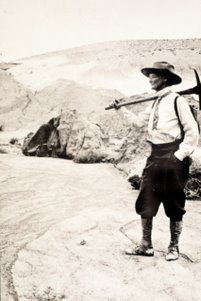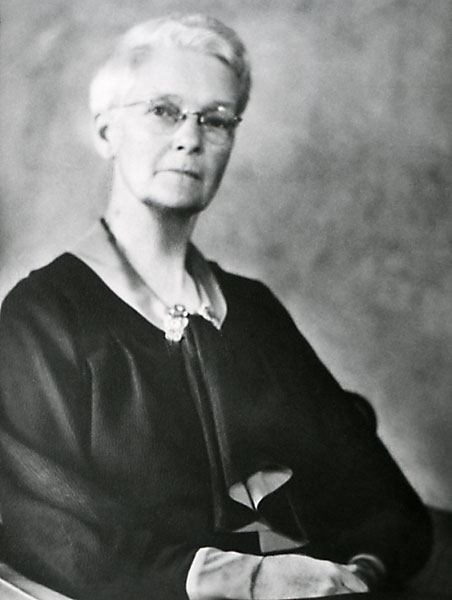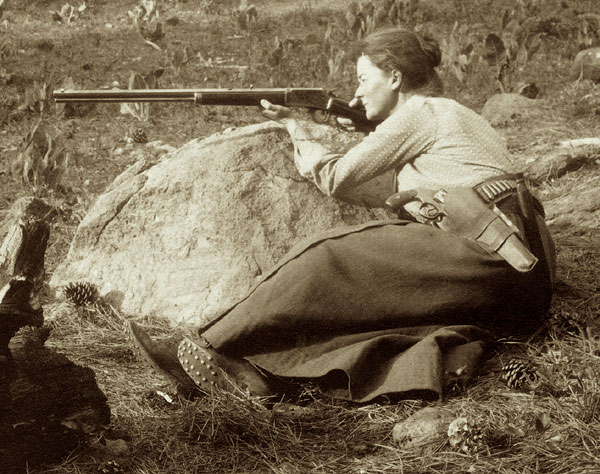Annie Montague Alexander is the privileged daughter of Samuel Thomas Alexander founder of what becomes the California & Hawaiian Sugar Company. (Better known as C&H Sugar.)
Born on December 29, 1867 in Honolulu, Annie is one of four children. The family moves to Oakland in 1882 and Annie takes the “Grand Tour” in 1888, studying painting in Paris.

But it’s in 1900 when she attends attends paleontology lectures by John Merriam at the University of California when she discovers her passion.
So smitten is she by the study of fossils that she offers to underwrite Merriam’s next expeditions so she can take part. She accompanies Merriam on his 1901 expedition to Fossil Lake in Oregon as well as his subsequent expeditions to Mount Shasta and Alaska. She not only pays for the trips and hunts for fossils, but handles much of the camp cooking, as well.
““It is strange how absorbing this work is. We forget the outside world,” she writes..
Over her 80 years of bone hunting, Alexander collects thousands of fossils, which she contributes to the University of California. In 1934, she provides an endowment to build a Museum of Paleontology on the Berkeley campus.

A fossil hunting expedition to Alaska piques her interest in natural history and she proposes to the University of California that it open a museum on the subject.
In 1908, when state funding falls short, she makes up the difference to open the University of California’s Museum of Vertebrate Zoology, and contributes hundreds of specimens to its collection.
In 1908, Alexander invites Louise Kellogg, a Class of 1901 Berkeley classics major ands schoolteacher, to accompany her on an expedition to Alaska.
They remain partners for 40 years, acquiring over 34,000 specimens for the Museum of Vertebrate Zoology, the Museum of Paleontology, and the university’s Herbarium.

Alexander has several fossils named in her honor, among them a Triassic ichthyosaur (marine reptile) from Shasta, Shastasaurus alexandrae, and Alticamelus alexandrae, a Miocene epoch long-necked camel that roamed the Mojave Desert area near Barstow.

In 1911, Alexander and Kellogg buy a ranch on Grizzly Island in the Sacramento Delta outside Suisun, where they raise livestock and crops, including asparagus which they sell under the brandname, AK Grizzly Bear Asparagus.
Alexander dies in 1950 at the age of 83. Her papers are housed at the Museum of Paleontology.
TOP PHOTO: Annie Alexander,
Bancroft Library, UC Berkeley
